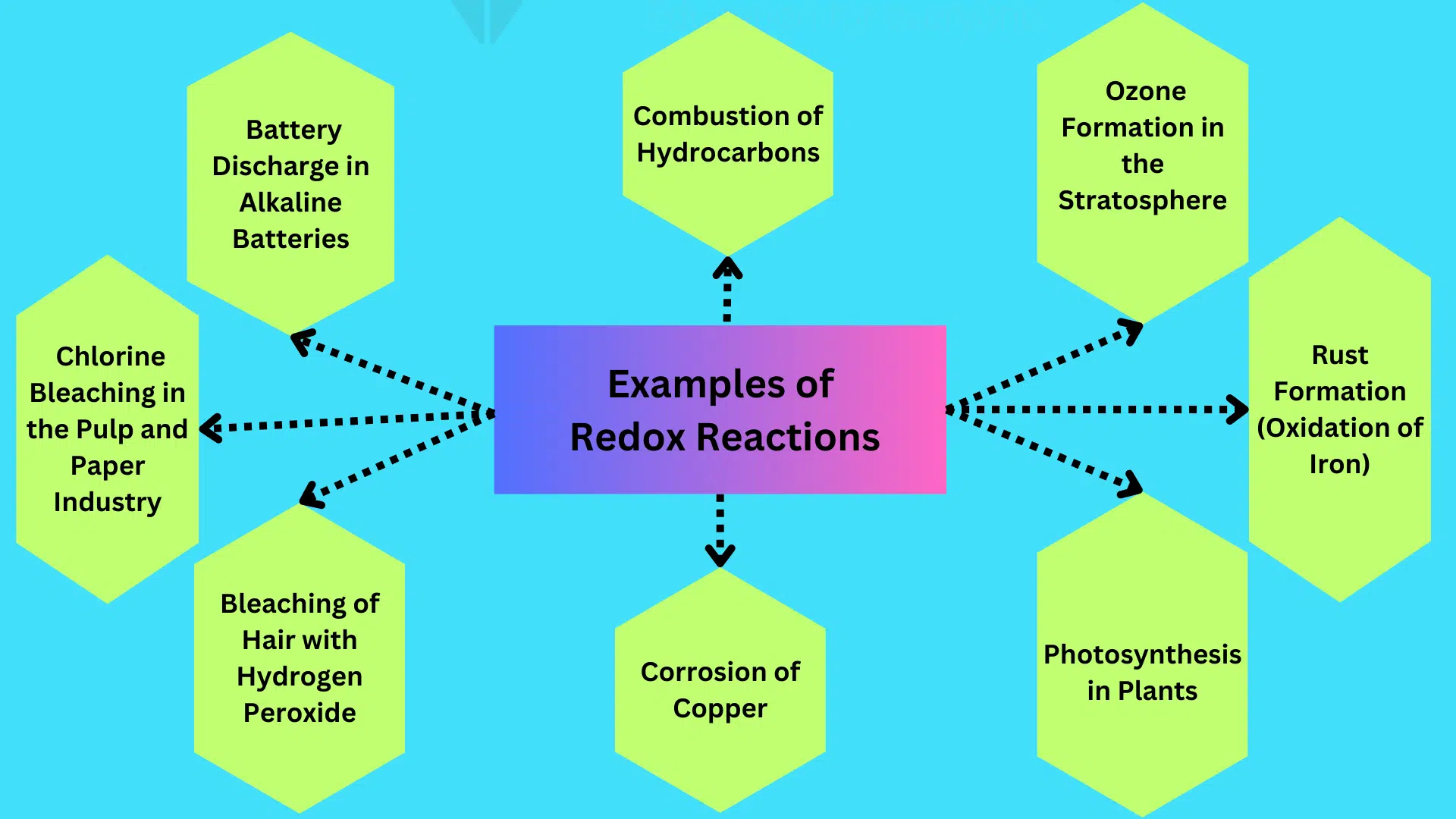20 Examples of Crystalline Solids
A crystalline solid is a solid material whose constituents, such as atoms, molecules or ions, are arranged in a highly ordered microscopic structure, forming a crystal lattice that extends in all directions.
Examples of Crystalline Solids
Here are a few examples of crystalline solids:
1. Diamond
Diamond is a form of carbon where each carbon atom is tetrahedrally bonded to four other carbon atoms, creating a three-dimensional crystal lattice. It’s renowned for its exceptional hardness and brilliance, making it a prized gemstone and industrial material.
2. Quartz
Quartz is composed of silicon and oxygen atoms arranged in a repeating pattern. It’s abundant in nature and comes in various forms like amethyst, citrine, and rose quartz. Quartz crystals are used in electronics due to their piezoelectric properties.
3. Salt (Sodium chloride)
Salt crystals are made up of sodium and chloride ions arranged in a repeating cubic lattice. It’s a common compound used for flavoring and preserving food.
4. Sugar (Sucrose)
Sugar crystals consist of sucrose molecules arranged in a repeating pattern. It’s a carbohydrate used as a sweetener in various foods and beverages.
5. Graphite
Graphite is composed of layers of carbon atoms arranged in a hexagonal lattice. It’s a good conductor of electricity and is used in pencils, lubricants, and various industrial applications.
6. Ice
Ice crystals are formed by water molecules arranged in a hexagonal lattice. Its solid form is less dense than its liquid form, which is why ice floats on water.
7. Copper
Copper crystals have a face-centered cubic arrangement of copper atoms. It’s a good conductor of heat and electricity, making it important in electrical wiring and electronics.
8. Gold
Gold crystals have a face-centered cubic arrangement of gold atoms. Its lustrous appearance and resistance to tarnish make it highly valued for jewelry and currency.
9. Silver
Silver crystals also have a face-centered cubic arrangement of silver atoms. Like gold, it’s valued for its lustrous appearance and conductivity.
10. Ruby
Ruby is a form of corundum, which is an aluminum oxide mineral. The red color of ruby is due to the presence of chromium impurities.
11. Sapphire
Sapphire is also a form of corundum, but it can be any color other than red. The blue color of sapphire is due to the presence of iron impurities. It’s used as a gemstone and in various optical applications due to its hardness and clarity.
12. Emerald
Emerald is a variety of the mineral beryl, colored green by traces of chromium and vanadium. It’s a prized gemstone known for its vivid green color.
13. Amethyst
Amethyst is a purple variety of quartz, and its color is due to iron impurities. It’s a popular gemstone and is often used in jewelry.
14. Topaz
Topaz is a silicate mineral that comes in various colors, with blue being one of the most valuable. It’s used as a gemstone.
15. Halite (Rock salt)
Halite crystals are composed of sodium and chloride ions and are commonly found in salt deposits. It’s used for seasoning food and various industrial processes.
16. Fluorite
Fluorite crystals are composed of calcium and fluoride ions. It comes in a variety of colors and is used in jewelry and as a source of fluorine.
17. Pyrite (Fool’s gold)
Pyrite crystals are composed of iron and sulfur. It has a metallic luster and is often mistaken for gold due to its appearance.
18. Garnet
Garnet is a group of minerals with varying compositions, often forming red gemstones. It’s also used in industrial applications like abrasive blasting.
19. Bismuth
Bismuth crystals have a unique stair-step pattern due to their layered structure. It’s a metal with low toxicity and is used in various applications including cosmetics and pharmaceuticals.
20. Galena (Lead sulfide)
Galena crystals are composed of lead and sulfur. It’s a primary ore of lead and was historically used as a source of silver as well.
Galena crystals have a face-centered cubic arrangement of lead atoms, with sulfur atoms occupying the interstitial sites.




Leave a Reply